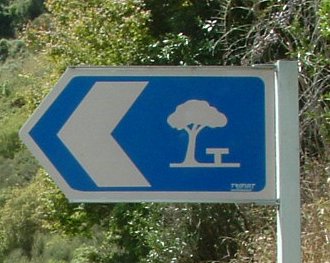
The son of former slaves, Garrett A. Morgan was an African-American businessman and inventor, born in Paris, Kentucky on March 4, 1877.
In the early years of the 20th century, it was not uncommon for bicycles, animal-powered wagons and new gasoline-powered motor vehicles to share the same streets and roadways with pedestrians. Accidents were frequent. After witnessing a collision between an automobile and a horse-drawn carriage, Morgan was convinced that something should be done to improve traffic safety.
The Morgan traffic signal was a T-shaped pole unit that featured three positions: Stop, Go and an all-directional stop position. This third position halted traffic in all directions to allow pedestrians to cross streets more safely.
Morgan's traffic management device was used throughout North America until it was replaced by the red, yellow and green-light traffic signals currently used around the world. The inventor sold the rights to his traffic signal to the General Electric Corporation for $40,000. Shortly before his death, in 1963, Morgan was awarded a citation for his traffic signal by the United States Government.
Morgan invented a zig-zag stitching attachment for manually operated sewing machine. On July 25, 1916, Morgan made national news for using a gas mask he had invented to rescue several men trapped during an explosion in an underground tunnel beneath Lake Erie.
Garrett A. Morgan died on August 27, 1963, at the age of 86.
Link




<< Home